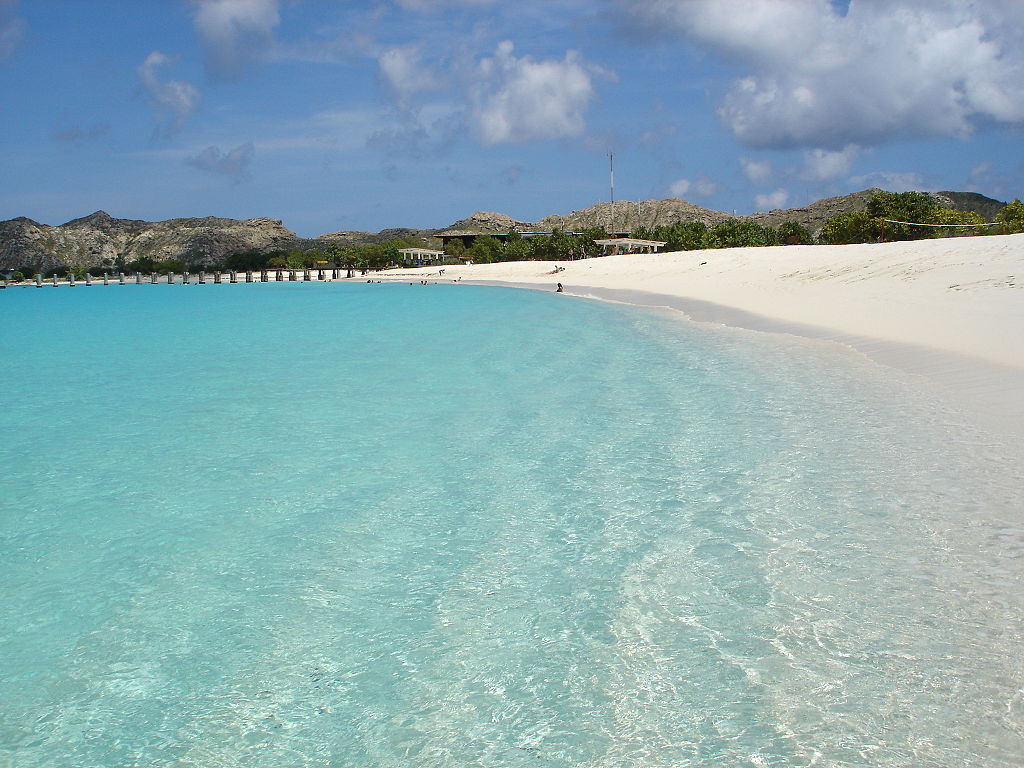Venezuela Stages Caribbean War Games, Moves Closer to Russia Amid Rising U.S. Naval Pressure
With United States warships patrolling near Venezuelan waters and Caracas conducting large-scale exercises while advancing a new security pact with Moscow, the Caribbean has become the latest stage for a contest over power, sovereignty and alliances. The question is how long signaling can remain symbolic before it risks confrontation.
The government of Nicolás Maduro has launched “Caribe Soberano 200” on La Orchila, a combined air, sea and land exercise involving about 2,500 personnel, 12 vessels and 22 aircraft. Officials present the drills as a response to the stepped-up U.S. naval presence. At the same time, the National Assembly has taken the first step toward approving a strategic agreement with Russia to expand political, economic and military cooperation. Washington casts its patrols as part of counter-narcotics and maritime security missions. Caracas portrays them as an assertion of force. Both explanations serve domestic and international aims.

Encounters at sea and in the air — boardings of fishing vessels, lethal strikes on suspected smuggling craft and military flyovers — have heightened tensions. For Venezuela, the exercises and closer ties with Russia are meant to demonstrate that pressure can be resisted. For Washington, the message is that its naval presence will be continuous. The unresolved questions involve law — jurisdiction over exclusive economic zones and rules of engagement — and the practical matter of how long the two militaries can maneuver in close quarters without an accident.

For now, Venezuela is signaling that it can mobilize forces and rely on outside partners, while the United States is underscoring its reach and endurance. Both sides insist their actions are defensive, but the margin for error is narrowing.
“Caribe Soberano 200” on La Orchila brings together naval patrols, coastal defense units and combat aircraft in a theater designed to demonstrate readiness and deter incursions, even as lawmakers in Caracas move to formalize closer ties with Moscow.
The drills, centered on the small island north of Caracas, combine surveillance flights, maritime interdiction training and coastal deployments. Venezuelan officials describe the maneuvers as an assertion of sovereignty. The political intent is clear as well: to show that the country can still organize large-scale operations while aligning itself with powerful allies abroad.

Operational priorities include coastal monitoring, exclusive economic zone patrols and rapid air tasking. Politically, the exercise underscores a willingness to confront boardings and close approaches deemed provocative. The risks remain evident: congested waters and low-altitude flyovers leave little room for miscalculation.

Further reading & background from Telegraph Online
Click to open the full articles on Telegraph Online.

